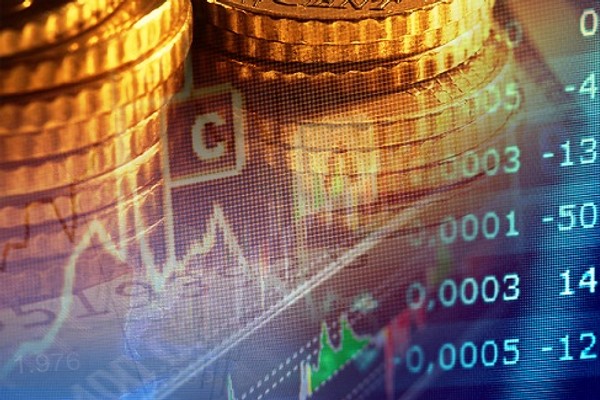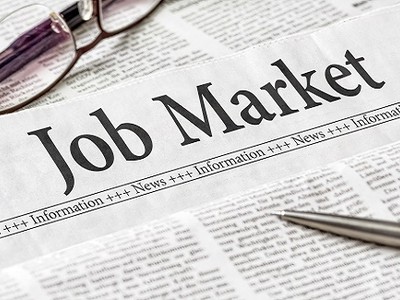I find utility though in using a similar idea when considering the much discussed question, ‘where are we in the business cycle?’
In that same ‘ceteris paribus’ style, now assume that you know nothing of the previous 10 years. You are told that as we stand today global inflation and interest rates are rising and expected to rise further from historic lows. Alongside this, GDP figures are showing continual growth, outperforming consensus expectations on a near monthly basis, and consumer spending, credit and macroeconomic expectations all continue to rise.
Now the answer to the business cycle questions is a little clearer. Theoretically speaking we appear to be at the early stage of a new cycle.
Figure 1 highlights this argument by plotting the trailing earnings of the constituent members of the FTSE100 against the FTSE100 price.
The price index (white line) appears to show no end to the post financial crisis cycle and is the source of many of the ‘late cycle’ arguments. The 12 month trailing earnings per share (green line) paints a different picture however, only now beginning to rise following a sharp fall from its 2011 peak to levels similar to those seen following the Great Financial Crisis.
It is when you consider the fluctuations in trailing earnings, the likely distortions to asset prices caused by quantitative easing and some ‘ceteris paribus’ thinking that we must now ask ourselves; have we been through a recession and in fact moved in to the early stage of a new cycle without even noticing?
Source: Bloomberg LP
14 February 2017
The Start of the Cycle
‘Ceteris paribus’ is a favourite phrase amongst economists that is often laughed off as having little utility in the real world. Its meaning is ‘all other things held constant’ which we all know is a highly idealised assumption designed to fit theory around reality.

Charles Bathurst-Norman reviews global investment landscape performance over the final quarter of 2025 – characterised by strong earnings in global stock markets despite ongoing geopolitical…
Andrew Mann addresses the social and economic importance of reducing youth unemployment.
JM Finn’s view on the outlook for the global investment landscape in 2026.
If you like this article, follow us for more insights.
To receive more content like this subscribe today.



